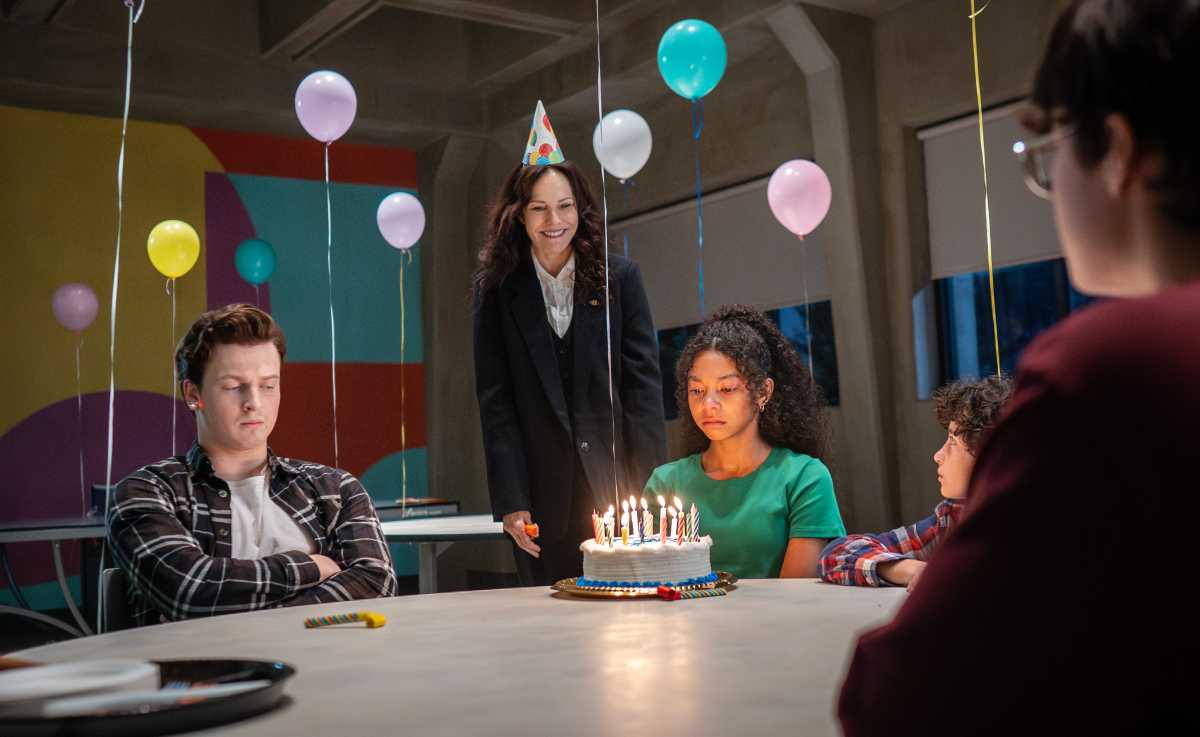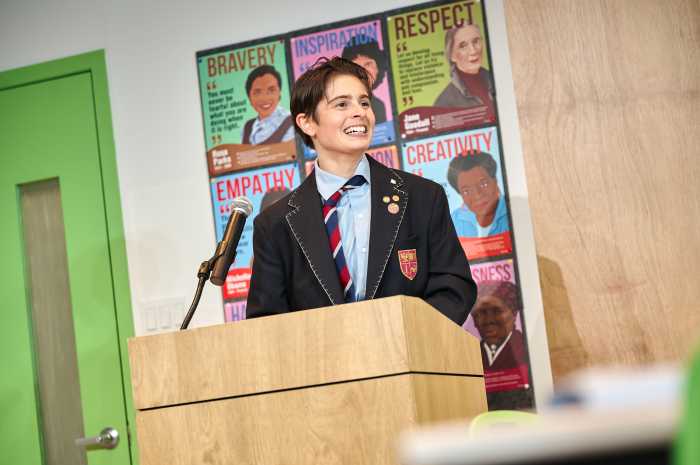Patrick Stewart belongs at the helm of a television comedy. If there’s anything truism to be taken away from his recent years as a social media superstar and unflagging commitment to self-deprecation, it’s that.
Seth MacFarlane, who cast Stewart as the narrator of his “Ted” comedies, is nothing if not attuned to the pop cultural winds. So, he approached Jonathan Ames (“Bored to Death”) about putting together a vehicle for the man who is so much more than just Capt. Picard and the result is “Blunt Talk,” premiering on Starz Saturday.
But why this show in particular? Why cast Stewart as a comic blowhard newsman? amNewYork spoke with Ames and Stewart himself to find out more.
Jonathan, what led you from Patrick Stewart to Walter Blunt?
Jonathan Ames: I got an email from my agent saying that Seth MacFarlane was looking for a writer. And he said, “Do you want to get on the phone with Seth MacFarlane?” And I said, “Sure, what’s it about?” And he said, in an email, “He needs an idea for a comedy for Patrick Stewart.” I was like, “OK, that’s interesting.” So then that night, the night before the phone call, I happened to be channel surfing and I passed CNN. I saw Piers Morgan looming in front of an electric set, his head looked kind of enormous, and I thought, “Patrick Stewart would look so formidable on a cable news set, his head looming like something out of George Orwell.”
Patrick, what were your initial thoughts of the idea?
Patrick Stewart: The basic idea immediately appealed to me. I’ve been a news junkie all my life, so the idea of playing a character who was at the very heart of cable news, like Walter, and who was captivating, opinionated, very controversial in the type of journalism he was interested in, his objectives are very, very excellent objectives, he wants to make a better world and tell the truth to his audiences. The initial concept was very, very attractive to me.
You guys spent a good amount of time together before production started, right?
PS: When I met Jonathan, which was the great beginning of this project for me, we found out we both live in Brooklyn, not too far away. We got into the habit of meeting for coffee down on Fifth Avenue in the morning and talking for several hours, often most of the morning. Our conversation was not so much, what should “Blunt Talk” be, but we talked about our lives, personal interests, anecdotes about the past and so forth. And out of that, gradually began to emerge the character who was Walter. The great leap forward was sitting alongside Jonathan.
The news media is well-trod satirical territory. What was your sense of the terrain?
JA: The main interest, the news is a great building to house all these characters, in a sense, a stage for them all. I think in many ways the primary focus was family and the relationships with the characters and the job as a workplace that brings out issues or stresses. But we did try to connect the news stories with what was going on with the family, the staff, of “Blunt Talk.” … In terms of the news, the thing I wanted to do in our own way amidst the comedy, was bring up important issues nevertheless.
Patrick, when did you know you had become a social media phenomenon?
PS: My wife and I moved into a new apartment in Brooklyn and we were having problems with Time Warner. If you live on the East Coast, you’ll know that’s nothing new. And so, after two days the poor woman was so frustrated with the service we’d been getting. I came home and found her at her wit’s end after another day of Time Warner problems. So I sent a Tweet: “All we want is Internet and television access, but after two days of dealing with Time Warner, I’ve lost the will to live.” That was what showed me, in the massive and instantaneous reaction to that tweet, the power of the Internet. Not just to make complaints or statements about the world, but also to have fun.
On TV: “Blunt Talk” premieres on Saturday at 9 p.m. on Starz.


































